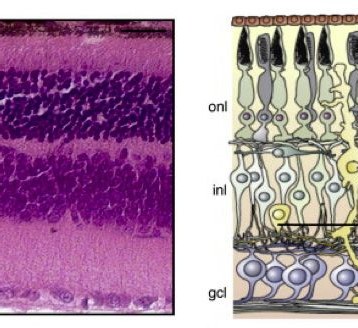|
Dr. Carlos Bustamante of Stanford University School of Medicine and his colleagues at Stanford, Cornell University, and the National Human Genome Research Institute catalogued the genomes of over 900 dogs from over 80 domestic breeds (as well as undomesticated breeds such as wolves and coyotes). They examined over 60 distinct physical traits and discovered that more than 80 percent of those traits were controlled from a mere six or seven regions within the genome.
A much more complex interchange of genes in humans control similar physical human traits. Sorting out every gene fragment involved in determining the expression of these traits in humans is very complex. By identifying similarities between human and canine biology and then studying the simpler but related canine genetics, researchers hope to learn more about how those same systems work in humans. For example, scientists identified a correlation between the HMGA2 gene and height in humans and a similar correlation between the HMGA2 gene and size in dogs. By studying that gene in dogs, they hope to learn more about how it affects height in people.
While the current study focuses solely on physical traits, Bustamante and his colleagues hope to extend their research into behavioral traits in the future. They do not know if behaviors can be tied to a small number of regions of the genome as the physical traits can, but if such links do exist they could be a key to learning how those same behaviors work in humans.
TFOT previously reported on other research into genomes and the genetic makeup causing specific diseases and traits, including a new method of mapping the human genome that could bring prices down to as little as $30, research into unique features of the sea urchin genome, full sequencing of all 99 known variants of the common cold, and the discovery of switches that turn on and off gene expression in nucleic acids.
Read more about the canine genome research in this abstract from Stanford University School of Medicine.










